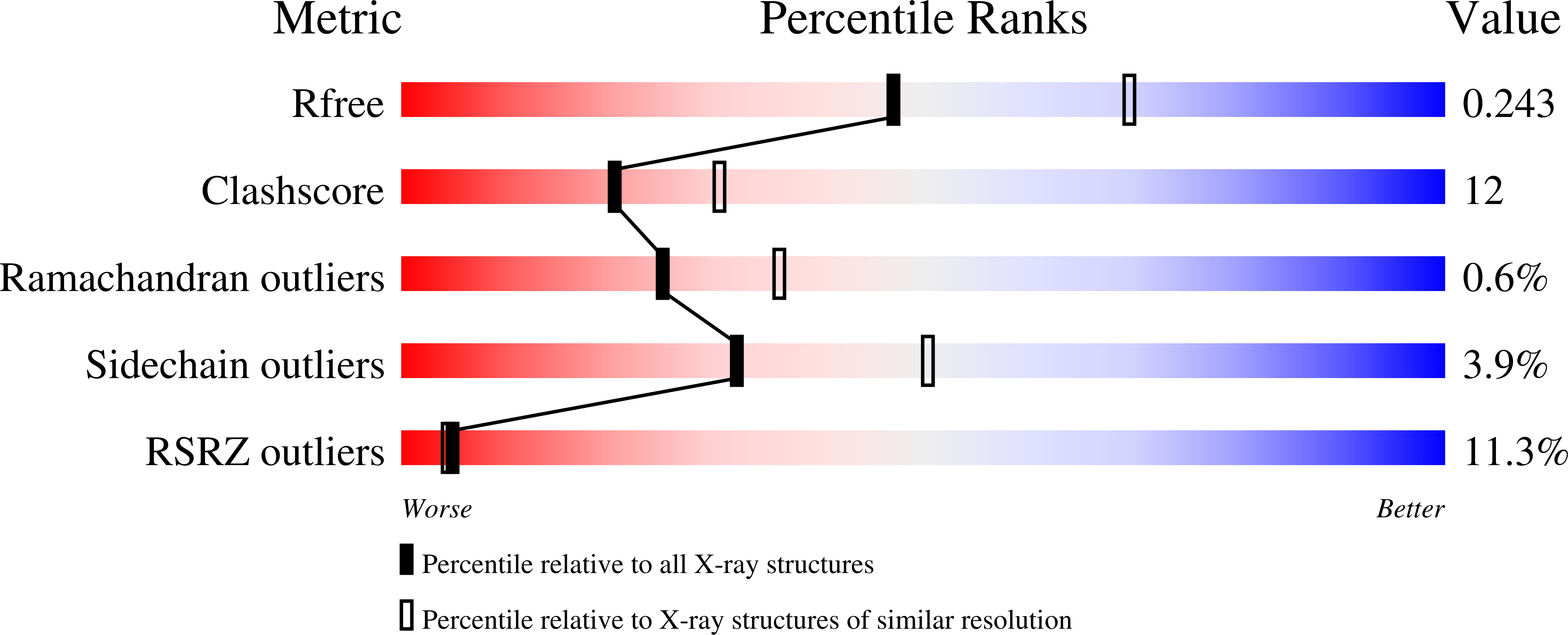
Deposition Date
2007-07-09
Release Date
2007-12-25
Last Version Date
2024-11-20
Entry Detail
PDB ID:
2QJY
Keywords:
Title:
Crystal structure of rhodobacter sphaeroides double mutant with stigmatellin and UQ2
Biological Source:
Source Organism:
Rhodobacter sphaeroides (Taxon ID: 1063)
Host Organism:
Method Details:
Experimental Method:
Resolution:
2.40 Å
R-Value Free:
0.25
R-Value Work:
0.22
R-Value Observed:
0.22
Space Group:
C 1 2 1


